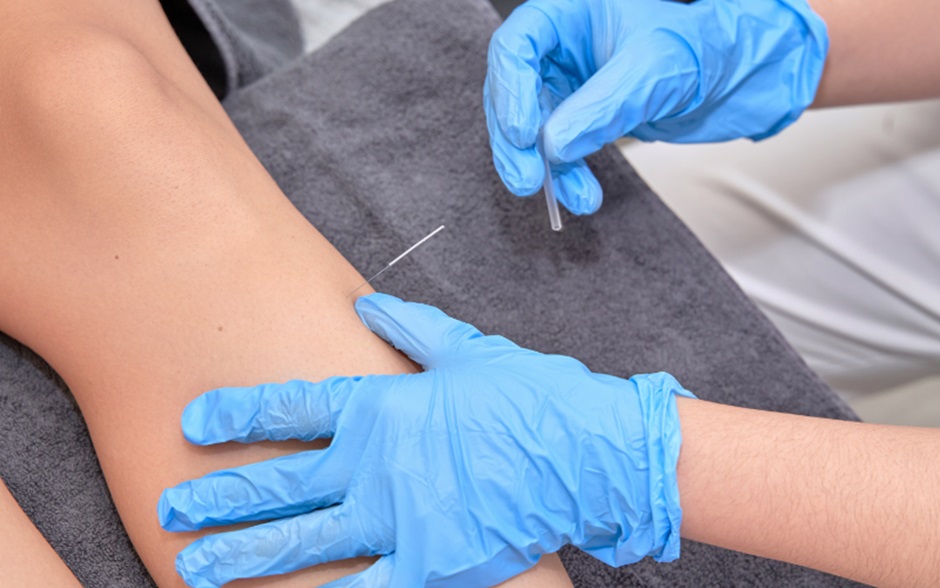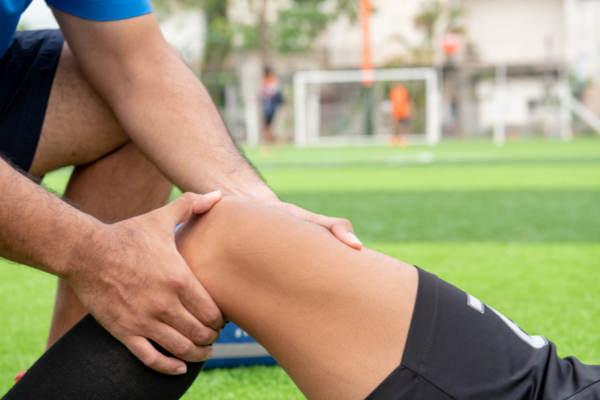5 Sports Injuries and How a Sports Injury Clinic Helps

Injuries are significant risks that athletes frequently face. Although certain injuries may be relatively minor, others necessitate comprehensive treatment strategies at a sports injury clinic to facilitate complete recovery.
Discover five prevalent sports injuries and learn how consulting a sports injury clinic in Singapore, which offers specialised services such as physiotherapy and dry needling, can be beneficial.
5 Common Sports Injuries and How a Sports Injury Clinic Helps
1. Sprains and Strains: Managing Soft Tissue Injuries
Sprains, affecting ligaments, and strains, impacting muscles or tendons, are some of the common injuries in sports. These occur due to overextension or tears in the tissues, often caused by improper form or inadequate warm-up exercises. Symptoms include pain, swelling, and limited range of motion.
A sports injury clinic can provide a range of treatments for these injuries. A physiotherapistwill typically start with rest, ice, compression, and elevation (RICE) as initial treatment. Beyond this, strengthening exercises and range-of-motion activities are gradually introduced to restore function. Dry needling can also be applied to reduce muscle tightness and alleviate pain around the injured area, helping to hasten recovery.
2. Tendonitis: Reducing Inflammation for Recovery
Tendonitis is the inflammation of tendons, commonly affecting areas such as the shoulders, elbows, and knees. This injury typically results from repetitive movement or overuse, which is prevalent in sports that require continuous motion, such as tennis or running. Symptoms include tenderness, pain during movement, and, in severe cases, stiffness.
Treatment for tendonitis often requires a mix of rest and targeted therapy. A sports injury clinic can offer therapeutic exercises aimed at restoring tendon flexibility. Physiotherapists strengthen and condition the affected area, gradually raising load-bearing capacity. Dry needling may also be recommended to alleviate pain by releasing tight trigger points around the tendon, promoting mobility and recovery.
3. Fractures: Rehabilitating Bones for Full Function
Fractures, or broken bones, are serious injuries that occur from direct impact or severe falls, which are common in contact sports like football or rugby. This injury requires prompt medical attention to ensure the bone heals in the correct position.
Physiotherapists assist in the post-recovery phase of this injury—once the bone has healed. Rehabilitation exercises are critical for restoring strength and movement in the affected area. Physiotherapists design a structured plan focusing on gentle mobility exercises, progressing to strength-building routines as the bone regains stability. The goal is to regain full function without causing undue stress to the healing bone.

4. ACL Injuries: Repairing Ligament Damage in the Knee
Anterior cruciate ligament (ACL) injuries are among the severe sports injuries and are particularly common in sports that involve sudden changes in direction, such as basketball and soccer. An ACL tear can cause instability, swelling, and pain, often requiring surgery followed by a rigorous rehabilitation plan.
A sports injury clinic provides post-surgical recovery and rehabilitation for ACL injuries. Physiotherapy is central to the process, focusing on restoring knee stability, strength, and range of motion. The rehabilitation program typically includes strengthening exercises for the surrounding muscles and progressive weight-bearing activities. In Singapore, dry needlingmay also be incorporated to manage pain and prevent muscle tightness, making it a valuable part of the ACL recovery plan.
5. Shin Splints: Alleviating Pain and Building Strength
Shin splints, also known as medial tibial stress syndrome, cause pain along the shin bone and are often experienced by runners or athletes who have recently intensified their training. Symptoms include tenderness and swelling along the shin, and without proper management, shin splints can develop into stress fractures.
Physiotherapists can provide a treatment plan for shin splints focusing on reducing inflammation and enhancing muscle strength. A stretching and strengthening exercise program is introduced, particularly for the calf muscles and foot arch. Rest and modified activities are essential to avoid further aggravation. Dry needling may also be used to relieve tightness in the calf muscles, which often contribute to the pain experienced in shin splints.
Conclusion
Sports injuries necessitate prompt and focused treatment to avert complications and facilitate recovery. Physiotherapists in Singapore can provide an array of therapies, such as dry needling, designed to effectively tackle these prevalent injuries. Athletes can alleviate pain, regain functionality, and resume their activities through a blend of rest, organised exercises, and specialised methods.
Contact Calibrate Health to take control of your recovery today!
